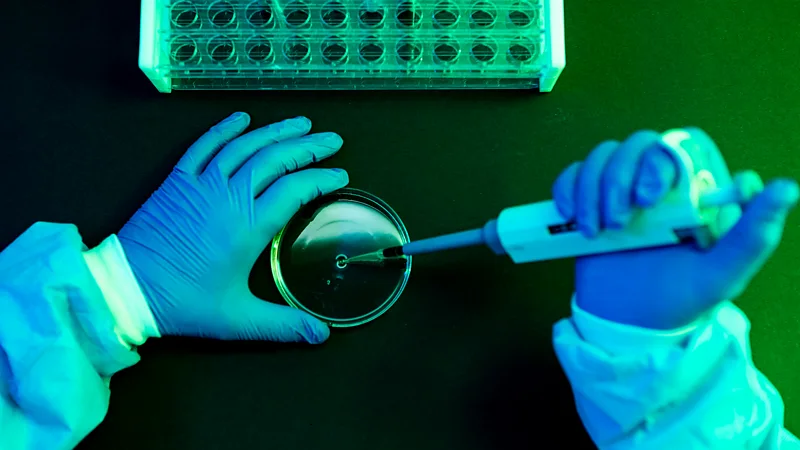Scientists are currently working to organize the disarray surrounding viral names.
Physicians started documenting global epidemics of a newly discovered infectious disease in the last decades of the 16th century. “Break-bone fever” (also known as “quebranta huesos” in Latin America) was a disease that affected people in Philadelphia, Puerto Rico, Java, and Cairo. It was characterized by a fever and excruciating aches throughout the body.
Thirty years later, in 1801, the sickness struck María Luisa de Parma, the Queen of Spain at the time, during an outbreak in Madrid. The Queen detailed some of her symptoms in a letter she wrote when she was getting better.
I feel better now that I have what they call dengue, the cold in style,” she wrote. “Since yesterday I’ve had some blood, which is what is making me uncomfortable, and after talking some time, the throat hurts.”
We now understand that the four closely related viruses that cause dengue fever belong to a group called flaviviruses. In tropical and subtropical areas of the world, specific mosquito species, Aedes aegypti and Aedes albopictus, are responsible for its spread. Anywhere these insects are naturally located, outbreaks have the potential to emerge and impact huge populations of people. The World Health Organization (WHO) received reports of over 7.6 million dengue illnesses and 3,000 deaths in the first four months of 2024.







